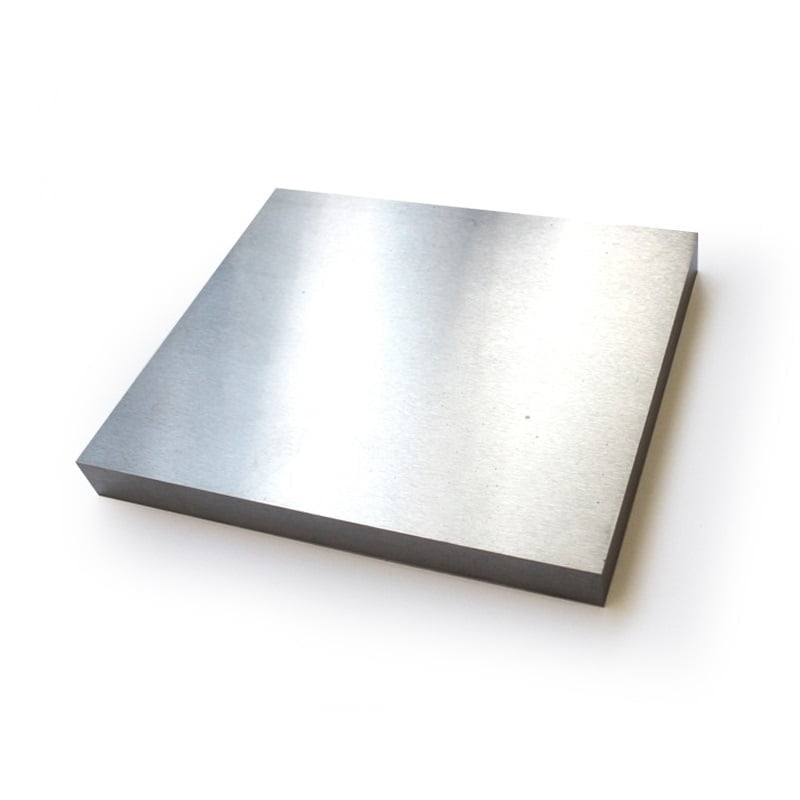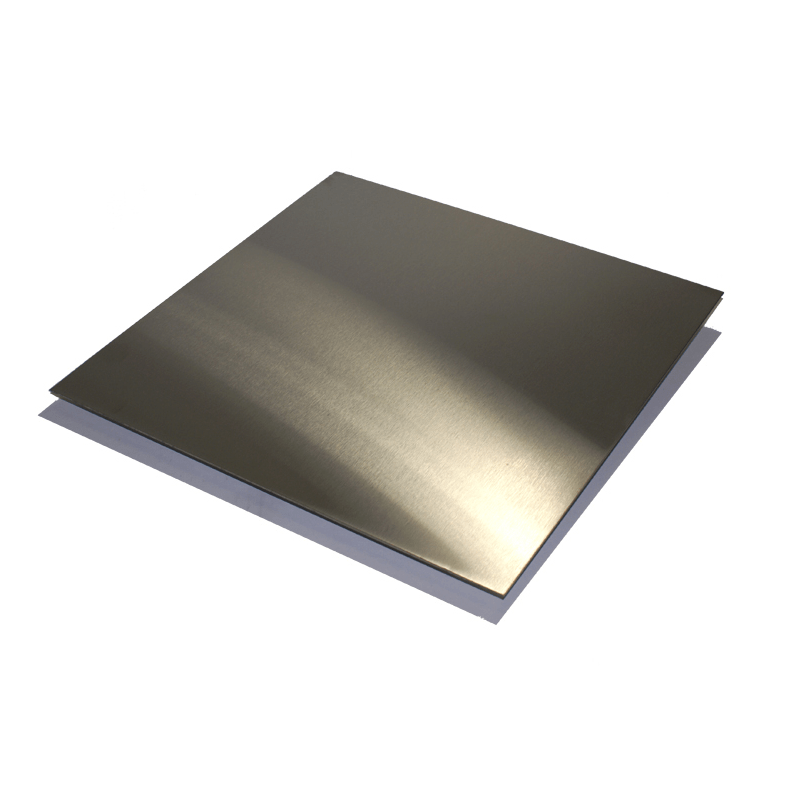Duplex 2205 and 316 are both types of stainless steels, but they differ significantly in their composition and properties, making each suitable for different applications. Here are the main differences between Duplex 2205 and 316 stainless steel:

Composition:
- Duplex 2205:
- This stainless steel is a duplex stainless steel, meaning it consists of a mixture of austenite and ferrite phases.
- Composition typically includes 22% chromium, 5-6% nickel, 3% molybdenum, and about 0.2% nitrogen.
- It also contains a balanced amount of manganese, silicon, and other elements.
- The dual-phase structure provides higher strength and better resistance to stress corrosion cracking compared to austenitic stainless steels like 316.
- 316 Stainless Steel:
- This is an austenitic stainless steel, primarily consisting of austenite phase.
- Composition includes 16-18% chromium, 10-14% nickel, 2-3% molybdenum, and sometimes small amounts of manganese, silicon, and carbon.
- Known for its excellent corrosion resistance, particularly in acidic environments and against chloride ion corrosion.

Mechanical Properties:
- Duplex 2205:
- Higher strength compared to 316 stainless steel, with roughly twice the yield strength.
- Good toughness and ductility, suitable for applications requiring high strength and corrosion resistance.
- 316 Stainless Steel:
- Lower strength compared to Duplex 2205.
- Excellent ductility and formability.
- Superior corrosion resistance in certain environments, particularly against pitting and crevice corrosion.
Corrosion Resistance:
- Duplex 2205:
- Generally good resistance to corrosion, especially against stress corrosion cracking and corrosion fatigue.
- Not as corrosion resistant as 316 in some acidic environments, but superior in chloride-containing environments.
- 316 Stainless Steel:
- Excellent corrosion resistance in a wide range of environments, including marine and industrial atmospheres.
- Specifically designed to resist corrosion by chemicals, acids, and saltwater.
Applications:
- Duplex 2205:
- Used in industries where a combination of high strength and corrosion resistance is required, such as chemical processing, oil and gas exploration, and marine environments.
- 316 Stainless Steel:
- Widely used in industries requiring excellent corrosion resistance, including food processing, pharmaceuticals, medical devices, and marine applications.
Cost:
- Duplex 2205:
- Generally more expensive than 316 stainless steel due to its higher alloy content and superior mechanical properties.
- 316 Stainless Steel:
- Relatively more cost-effective compared to Duplex 2205, especially in applications where its corrosion resistance properties are sufficient.
In summary, the choice between Duplex 2205 and 316 stainless steel depends on the specific requirements of the application, particularly regarding strength, corrosion resistance, and cost. Duplex 2205 offers higher strength and better resistance to stress corrosion cracking, while 316 stainless steel provides superior general corrosion resistance in many environments.
